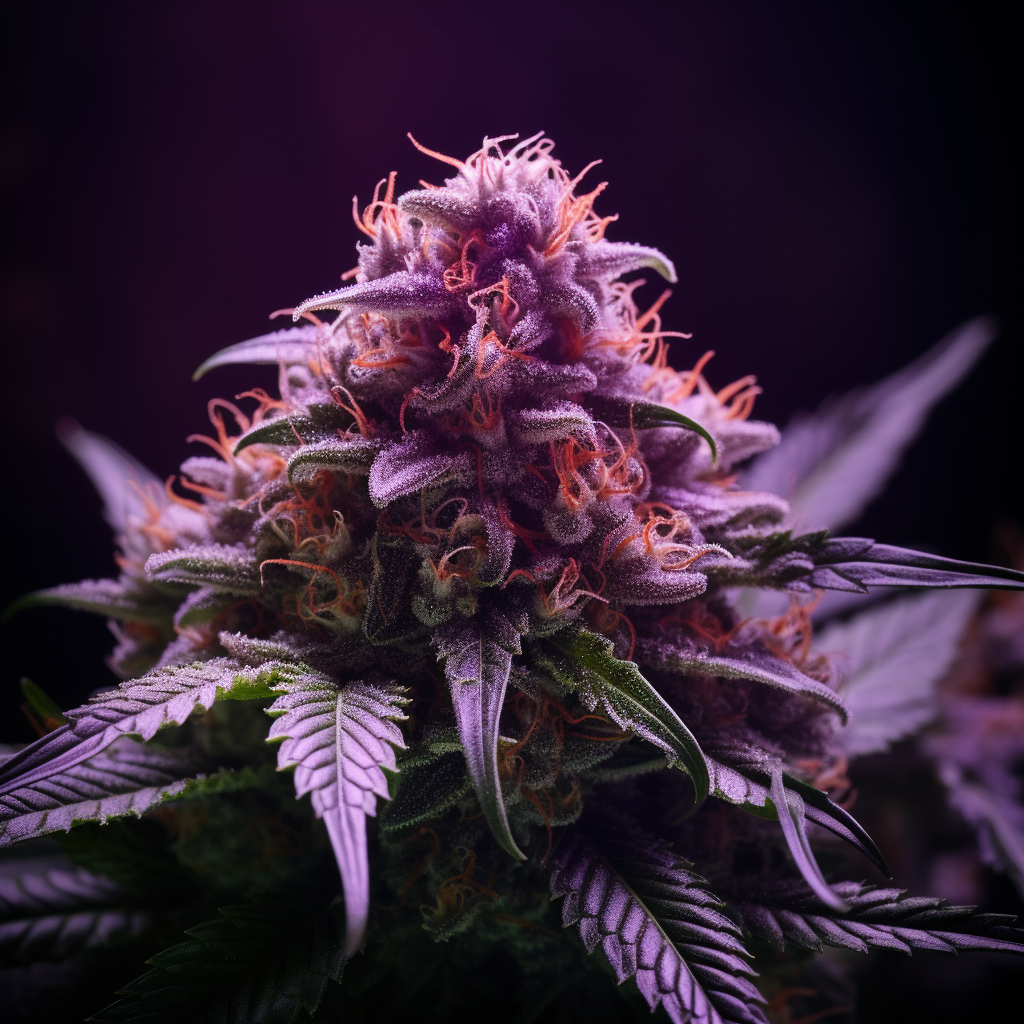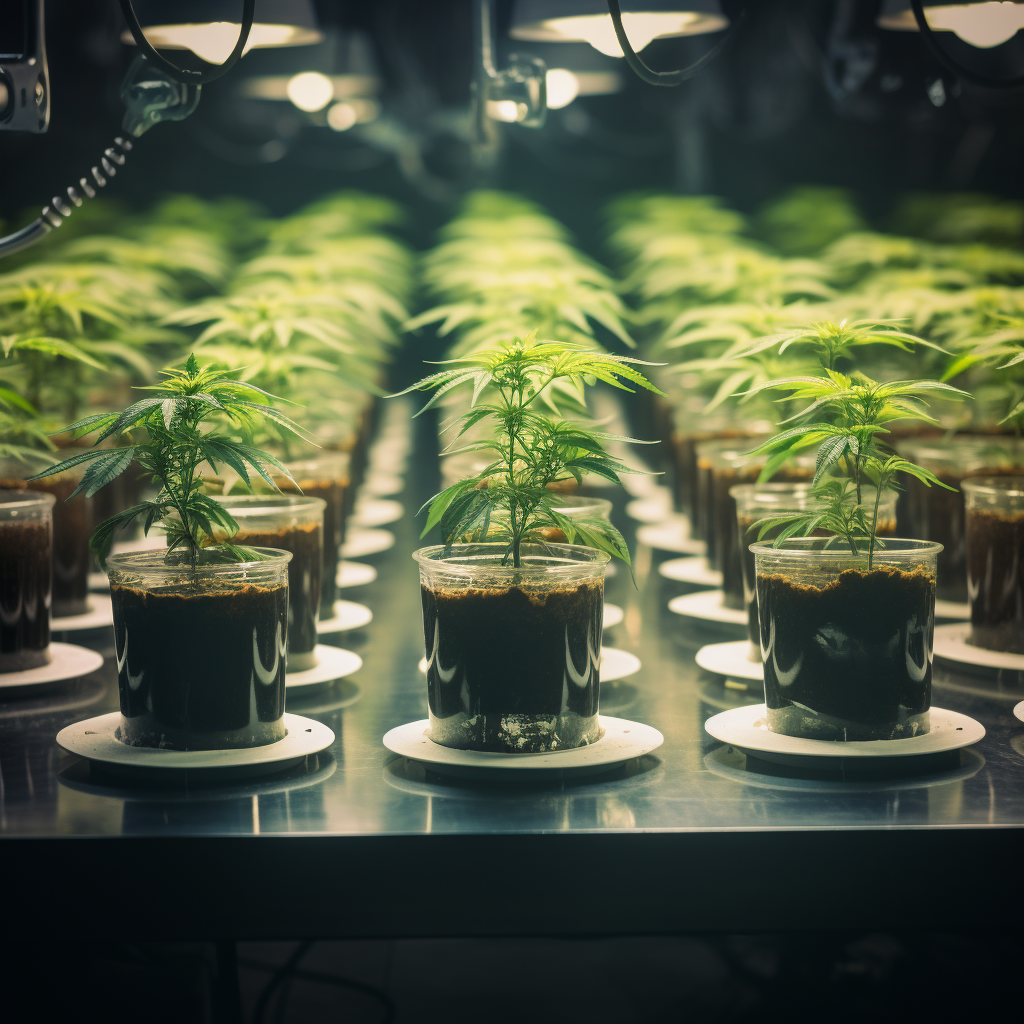
Amnesia Haze The Enigmatic Cannabis Strain
30/08/2023The cannabis industry has witnessed a remarkable surge in growth and research following its legalization in various regions.
A pivotal aspect of this evolution is the science of cloning cannabis plants, which offers both novices and experienced growers a pathway to controlled genetics, expedited growth, and enhanced precision.
This guide outlines the intricate process of cannabis cloning while also shedding light on the groundbreaking technique of tissue culture, which promises to reshape the future of cannabis propagation.
Cannabis Cloning: A Step-by-Step Guide Taking Cuttings
The process of cannabis cloning begins with selecting a mother plant known for its high yield and desired attributes. These mother plants act as genetic reservoirs for the clones. It’s crucial to opt for well-established plants that can impart their robust genetics to the clones.
Mother Plant Selection
Choose a plant that exhibits high-yield potential and aligns with the desired genetics and characteristics. Aim for plants in the vegetative stage, approximately 3-4 weeks old, as this is the ideal timeframe for successful cloning.
How To Pick A Branch Selection
Select straight branches with at least three nodes, which are the points where new leaves and buds emerge.
Cutting Technique, Employ a sharp knife to cut branches at a 45° angle, just below the third node. Remove any growth below the top two nodes.
Keep your clone cuttings hydrated by submerging the cuttings in clean water immediately after cutting to prevent wilting. This initial hydration is vital for the success of the cloning process.

Rooting Your Plants
The next phase of cloning involves promoting root development in the cuttings.
Rooting Hormone Application is important to apply to the cut ends of the branches. This encourages the production of root cells, aiding in successful rooting.
Choosing Your Rooting Medium Place
Place Your cuttings in a suitable rooting medium such as rockwool cubes or potting soil. These media offer the necessary support and nutrients for root development.
Its important that you maintain humidity for your clones, Cover the cuttings with a plastic dome for the first 48 hours to maintain high humidity levels. This step ensures an ideal environment for root formation.
Lighting and Distance
Provide low-intensity fluorescent lighting for 18 hours daily, maintaining an appropriate distance to avoid excessive stretching.
Transplanting: Once white hairs begin to emerge from the rooting cubes, it’s a sign that the cuttings are ready for transplanting.
Transplanting
Transplanting the rooted cuttings into suitable pots ensures their continued growth and development.
Fill pots with sterilized, soilless potting medium. This medium ensures a clean environment for root growth.
Proper Hole Creation
Create a hole in each pot that accommodates the size of the rooting cube. This ensures a snug fit and optimal contact between the cube and the medium.
Planting your clones, Place one clone in each pot, ensuring the rooting cube is in full contact with the potting medium.
Intensively water the clones during the first week post-transplantation. This phase is crucial for their establishment.
Maintain suitable environmental conditions as the clones transition into independent plants. Monitor their growth and make necessary adjustments.
Conclusion
Mastering the art of cannabis cloning empowers growers to wield control over genetics, attributes, and growth processes.
By adhering to the steps outlined in this guide, cultivators can successfully replicate their desired cannabis plants.
Moreover, the advent of tissue culture presents a paradigm shift in cloning techniques, promising genetic consistency, increased yields, and optimized efficiency.
As the cannabis industry continues to evolve, innovative methods like tissue culture will play a pivotal role in shaping its trajectory.
By embracing these techniques and staying attuned to industry trends, growers can position themselves for success in this burgeoning field.

